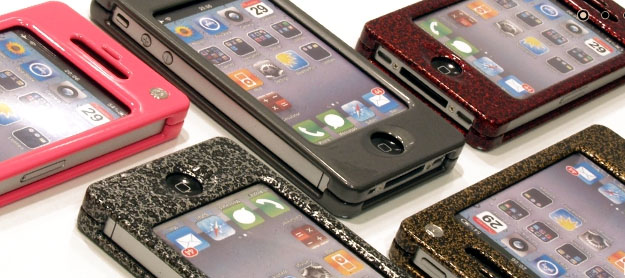
There might be plans on the drawing board—somewhere—for phone cases that deploy airbags in the event a phone goes into freefall, but the rest of us tend to need more practical solutions that are available today. Although there’s no lack of iPhone cases on the market, Inventive Metals has a new twist on the idea with its new line of iPhone cases that are constructed from solid aluminum. The cases provide access to all ports and controls, and Inventive Metals says they do not interfere with reception.
“Aluminum cases provide the iPhone with a great deal of drop protection,” said Inventive Metals product manager Ron Benditt. “Most of our competitors who have tried this really haven’t put enough engineering into the signal-loss problem. We’ve studied this extensively and have tested and refined many prototypes before we were satisfied that our cases would out-perform our competitors and provide a good user-experience to our customers.”
The cases are available for the iPhone 4 and iPhone 3G/3GS in six different powder-coated finishes: black chrome, silver vein, rust, gold rush, neon pink, and wilder red. While in the case, users have full access to the phone’s touch screen, along with the headphone jack, and dock connector—and the cameras, mic, and speaker get their own ports too. Customers will need to engage in a little assembly (“Enclosing a phone in metal is a challenging endeavor,” noted Benditt), but the cases come with a torx wrench for fitting the four recessed screws.
The cases are available now from Inventive Metals for $69.

Editors' Recommendations
- Best refurbished iPhone deals: Get an iPhone 14 for $513
- Best iPhone deals: Save on iPhone 15, iPhone 15 Pro Max and more
- How to find your lost phone (tips for iPhone and Android)
- Why you should buy the iPhone 15 Pro instead of the iPhone 15 Pro Max
- iPhone SE 4: news, rumored price, release date, and more


